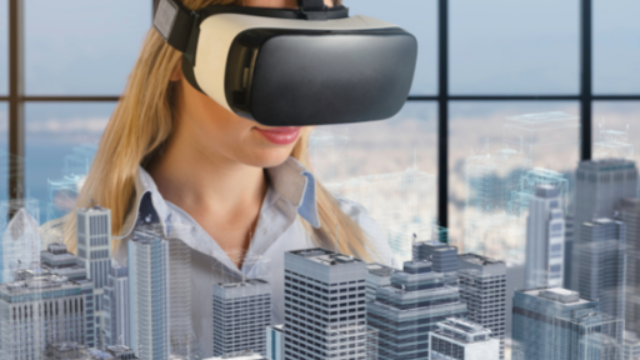
Sep 19, 2022
The global virtual reality industry is expected to generate $34 billion in revenue by 2023, according to a report by Markets and Markets. The report also projects the VR market will grow at a compound annual growth rate of 32.6% from 2018 to 2023.
This rapid growth is being driven by several factors, including the increasing adoption of VR technology by businesses and consumers, the decreasing cost of VR hardware, and the launch of new VR products and services.
However, the VR industry is not without its challenges. One of the biggest challenges facing the VR industry is the lack of content. While there are several VR games and experiences available, there is still a lack of high-quality, mainstream VR content. This is one of the main reasons why VR adoption has been slower than expected.
Another challenge facing the VR industry is the issue of VR sickness. A significant number of people who use VR headsets experience some form of VR sickness, which can include symptoms like nausea, dizziness, and headaches. This is one of the main reasons why some people are hesitant to use VR headsets.
Despite these challenges, the VR industry is expected to continue to grow at a rapid pace in the coming years. This growth will be driven by the increasing adoption of VR technology by businesses and consumers, the launch of new VR products and services, and the decreasing cost of VR hardware.
The VR industry will also continue to face challenges, such as the lack of content and VR sickness. However, the industry is working to address these challenges and is expected to continue to grow in the coming years.
The virtual reality industry is still in its early stages, with a lot of growth potential. In 2016, the global VR market was valued at $2.3 billion, and it is expected to grow to $26.6 billion by 2022, at a compound annual growth rate (CAGR) of 60.5%. Here are some of the latest trends in the VR industry:
1. adoption increased in the gaming industry: The gaming industry is one of the main drivers of the VR market, and it is expected to grow at a CAGR of 62.9% from 2016 to 2022. Gaming companies are investing heavily in VR, and there are now over 200 VR gaming titles available.
2. Advancements in technology: VR technology is constantly improving, with new developments in areas such as haptic feedback, eye-tracking, and wireless VR. These advancements are making VR more immersive and user-friendly, which is driving adoption.
3. Growing demand from enterprises: Enterprises are increasingly using VR for training, marketing, and other applications. For example, Walmart is using VR to train its employees, while Volvo is using VR to let customers test drive its cars.
4. Expansion into new markets: The VR market is no longer limited to gaming and entertainment. It is now being used in a variety of industries such as healthcare, education, automotive, retail, and real estate.
5. Increasing investment: The VR industry is attracting a lot of investment, with VC funding reaching $2.7 billion in 2016. This is a sign of confidence in the VR market, and it is expected to lead to further innovation and growth.
The future of the Virtual Reality industry is exciting and filled with potential. The industry is still in its infancy, and there are many new and innovative ways that virtual reality can be used. For example, businesses are already using virtual reality to train employees and give them a realistic experience of what they will be doing on the job. This is just the beginning – in the future, we will see more businesses using virtual reality to increase productivity, create better customer experiences, and even provide entertainment.
Many new and upcoming technologies will help to improve virtual reality experiences. For example, haptic feedback will add a sense of touch to virtual reality, making it even more realistic. Eye-tracking technology will also be used to create more realistic and immersive experiences.
The future of virtual reality is bright, and the possibilities are endless. We can't wait to see what new and exciting things the industry will come up with next!